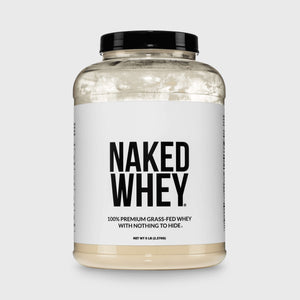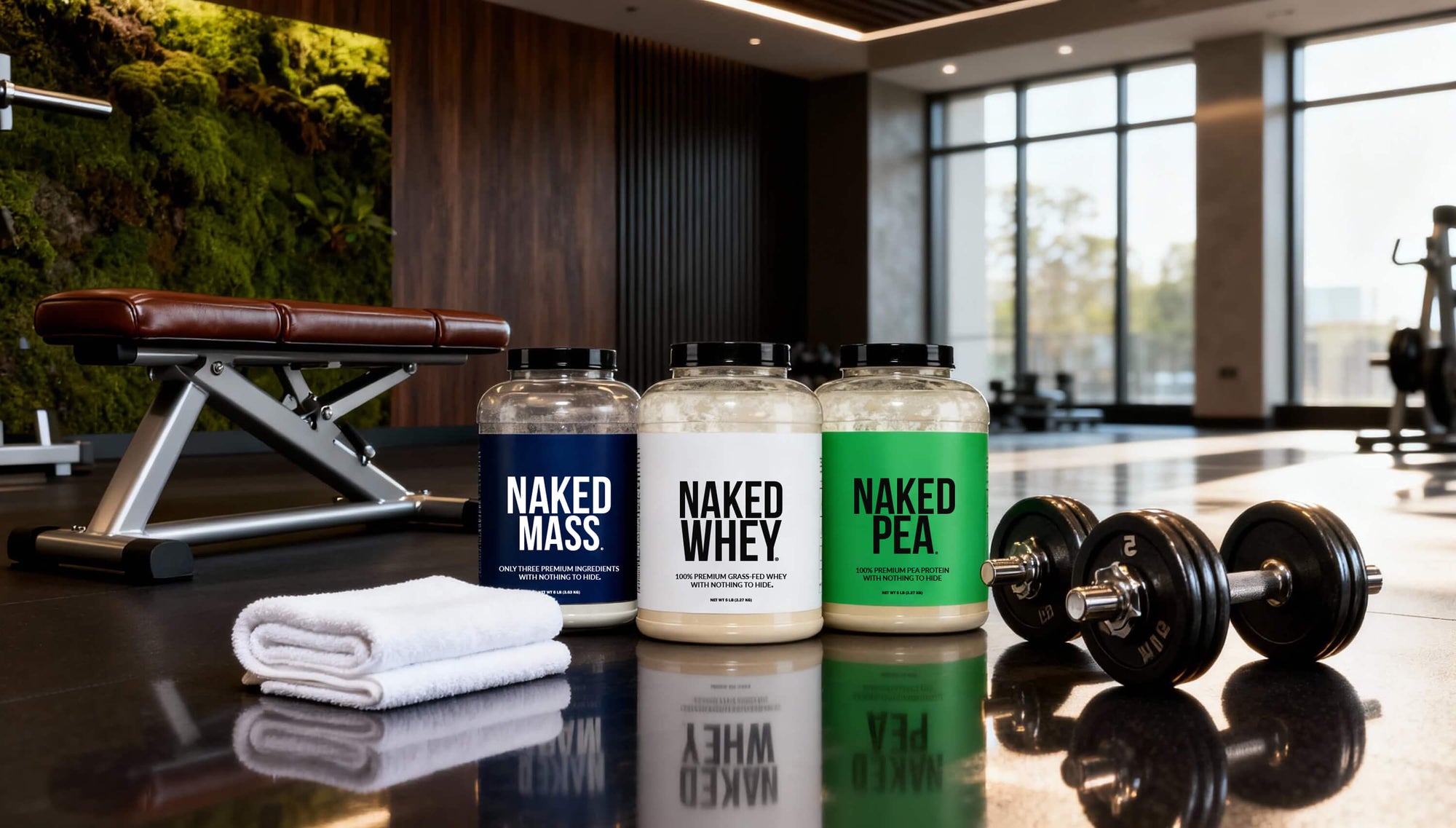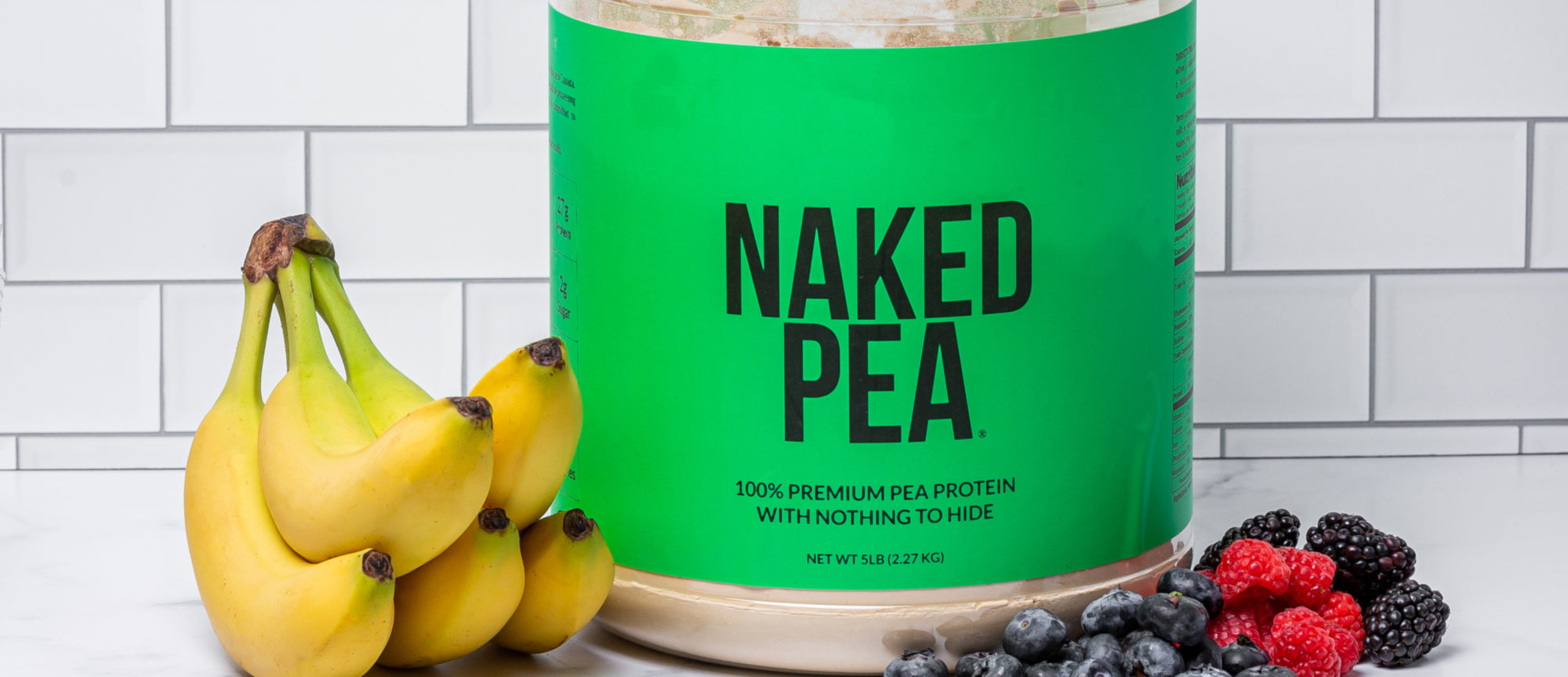If you’ve been working out for a while, chances are you’ve heard the phrase progressive overload. It’s one of the most foundational principles in strength and hypertrophy training. But for some, the classic approach (progressively adding more weight each time you work out) may not work.
The good news? There are many ways to progressively overload your muscles beyond just increasing weight on the barbell. That’s what we’re going to unpack in this article.
What is Progressive Overload? (And Why Does It Matter?)

Progressive overload is the process of consistently challenging your muscles with increasing demands to stimulate adaptation. It’s how you get stronger, build muscle, and improve performance over time.
Simply put, it means doing a little more each time you work out. An example would be adding an extra 2.5 lbs to the bar each time you deadlift.
Without progressive overload, your body adapts to the stimulus and plateaus. That’s why repeating the same workout with the same weight, reps, and tempo week after week eventually stops producing results.
Your muscles need a reason to grow, and progressive overload is how you give them that reason.
Think of it like this: your body is efficient. It only adapts when it has to. Progressive overload ensures that your training continually creates that “have to” signal.
The Three Classic Pillars of Progressive Overload

When most people think about progressive overload, they immediately think of one thing: lifting heavier weights.
This is perhaps the most straightforward method of progressive overload. Increasing resistance (specifically by increasing weights) is the most straightforward progressive overload technique to track and measure.
Other than weight, reps and sets are also common examples of progressive overload in action, which are again, easy to track and execute.
Let’s look a little closer at the three most common progressive overload techniques:
1. Increasing Weight
When you add five or ten pounds to your lift, you’re increasing the mechanical tension on your muscles – a primary driver of strength and muscle growth.
Heavier loads stimulate high-threshold motor units, particularly Type II fibers, which are essential for building maximal strength.
It’s a straightforward, reliable way to achieve progressive overload, but can be difficult for some exercises or settings (such as non-barbell exercises).
2. Increasing Repetitions
You can also reliably progress by doing more reps with the same weight. This increases training volume, a major variable in hypertrophy.
Using reps for progressive overload is particularly effective when you're working with submaximal loads or your own bodyweight.
For example, if you perform 10 push-ups one week and then 12 the next, you've increased the overall stress placed on your muscles, even though the resistance hasn't changed.
3. Increasing Sets
Adding more sets is another way to increase total training volume (sets x reps x weight), which is strongly correlated with muscular growth and endurance adaptations.
If you're performing 3 sets of rows and increase to 4 or 5, your total workload increases significantly. This method can be particularly useful when strength or technical ceilings limit your ability to add weight or reps.
Nine Alternative Progressive Overload Methods

A lot of the time, you’ll be able to achieve consistent progressive overload just by increasing weight, reps and/or sets.
But sometimes you’ll run into a barrier, such as not having the equipment you need to add more weight, or time limitations of constantly doing more reps and sets.
The reality is, you can challenge your body in far more ways than simply increasing these three factors. Here are several proven techniques to overload your muscles and continue progressing, regardless of the equipment you have.
1. Decrease Rest Time
By shortening the rest between sets, you increase metabolic stress and cardiovascular demand.
This raises the difficulty without changing weight or reps and is especially powerful in hypertrophy or conditioning-focused training.
2. Manipulate Tempo
Controlling the pace of each rep makes any movement harder. Try lowering yourself slowly during a squat or pausing at the bottom of a push-up.
A longer time under tension means your muscles are working harder, even without extra resistance.
3. Increase Time Under Tension

This overlaps with tempo but includes techniques like isometric holds (e.g. pausing at the bottom of a squat or push-up) or lengthening the eccentric (lowering) phase.
The longer the muscle is under tension, the greater the difficulty and stimulus (even with lighter weights).
4. Expand Range of Motion
Working through a greater range recruits more muscle fibers, while also improving joint mobility.
You might elevate your feet in Bulgarian split squats, go progressively deeper in deficit push-ups, or work on increasing the overall range of motion on curls or presses.
5. Increase Exercise Complexity
Progress from easier to harder versions of the same movement.
For example, wall push-ups → incline push-ups → standard → diamond → archer → one-arm.
This lets you increase difficulty and muscle adaptations, with no extra equipment needed.
6. Increase Frequency
Training a muscle group more often throughout the week can stimulate more growth.
If you currently hit chest once a week, try training it twice weekly with appropriate volume adjustments. This gives your body more frequent growth signals while still allowing for recovery.
7. Train Closer to Failure
How close you come to failure makes a huge difference. Research shows that training with lighter weights can build muscle just as effectively as heavy weights if you push close to your limits.
Instead of always adding weight, try taking your sets closer to the point where you couldn't do another rep with proper form. This is especially valuable for home workouts with limited equipment.
8. Use Advanced Training Techniques

Drop sets, rest-pause sets, supersets, and giant sets all overload the muscle by extending time under tension and creating cumulative fatigue.
You might not necessarily be adding more weight or reps, but still end up increasing muscular adaptations through different approaches.
9. Add Instability or Asymmetry
Try single-leg or single-arm variations. Training with one-sided loads or on unstable surfaces (e.g., single-arm carries, Bulgarian split squats, stability ball push-ups) recruits stabilizing muscles and increases neural demand, leading to adaptation.
Systematically Programming Progressive Overload

Progressive overload is not a secret. Many gym-goers know about progressive overload but struggle to apply it effectively.
Here's how to make it work for you:
Track One Variable at a Time
What a lot of people don’t understand is you can mix and match different progressive overload techniques.
However, don't try to increase weight, decrease rest times, and change tempo all at once. Pick one focus for each training phase.
For example, spend 4-6 weeks prioritizing adding weight to your main lifts, then switch to a phase where you maintain the new weight, but increase reps.
Use a Log or App
Don’t try and remember what you lifted last week, or how many sets you did.
It could be a fitness app, a spreadsheet, or just a notebook or the notes app on your phone. Whichever way you do it, keep track of your workouts.
“Did I do 8 reps or 10 last time? Was I using the 25-pound dumbbells or the 30s?” Your log has the answers.
Periodize Your Training
Plan your training in blocks with different focuses:
-
Hypertrophy blocks (higher reps, moderate weight)
-
Strength blocks (lower reps, higher weight)
-
Deload weeks (reduced volume/intensity for recovery)
This structured approach prevents stagnation and reduces injury risk.
Understand Recovery Is Part of Progression

Your muscles don't grow during workouts – they grow during recovery. Make sure you:
-
Get 7-9 hours of quality sleep each night
-
Consume enough protein (minimum 0.8g per KG of bodyweight, though realistically about double that if you want to build muscle. Use this Protein Calculator to find your ideal protein intake)
-
Take deload weeks every 4-8 weeks
-
Consider your overall stress levels and recovery capacity
Remember: more is not always better. Smart training beats hard training every time.
Final Thoughts: Make Smart and Efficient Progress Towards Your Fitness Goals
Progressive overload is about challenging your body in progressive ways – not just adding more plates to the bar. Whether you train at a fully-equipped gym or in your living room with minimal equipment, you now have 12 different ways to keep making gains.
The secret to long-term fitness success isn't finding the perfect workout – it's understanding how to evolve your workout as you get stronger. Apply these principles consistently, and you'll never hit a plateau again.













